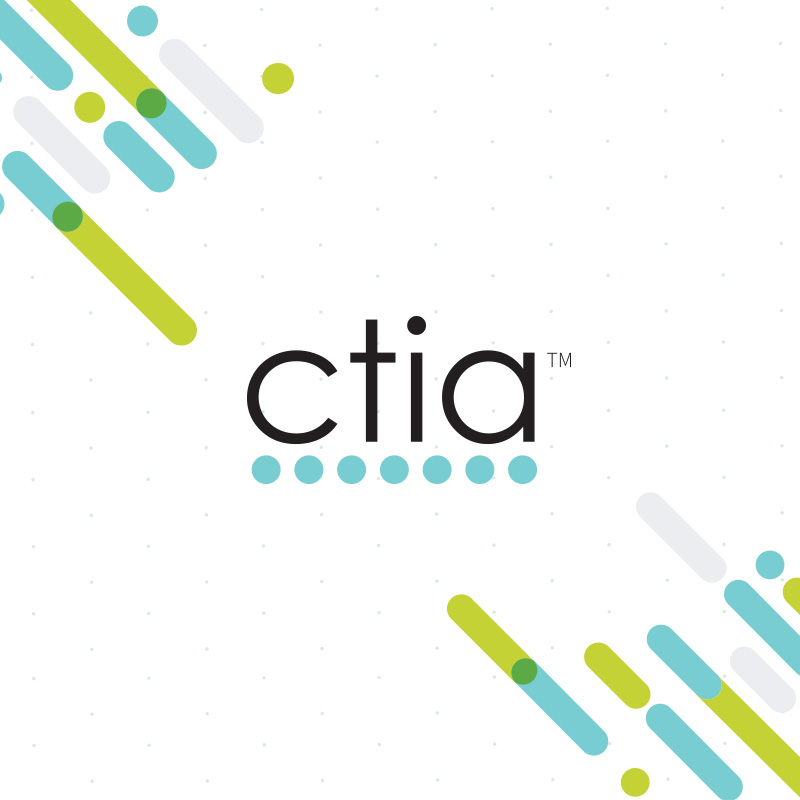
Tom Sawanobori
Senior Vice President & Chief Technology Officer
We’re already seeing the power of 5G across the U.S., and this month marks another important milestone towards unleashing the full potential of 5G connectivity. This week, the latest update to the 5G standards—called Release 16 or 5G Phase 2—was completed.
This release puts the power of a full 3GPP 5G system into play; it will enable more advanced features for autonomous vehicles, bring about more smart city capabilities through advancements in Industrial IoT (IIoT) and enhance wireless speeds and data rate transmission for millions of devices.
Deploying the next generation of wireless technology doesn’t happen overnight, though.
Everything in the wireless ecosystem must be able to work together—networks have to be compatible and technologies must be able to support the rapid deployment of 5G.
Wireless infrastructure needs to be built or upgraded to support 5G. Thousands of different wireless devices connect to different networks, and it takes work to ensure everyone and everything can connect seamlessly.
Wireless infrastructure needs to be built or upgraded to support 5G. Thousands of different wireless devices connect to different networks, and it takes work to ensure everyone and everything can connect seamlessly. Standards are key to making all that happen.
Tom Sawanobori, CTIA Senior Vice President & Chief Technology Officer

Wireless Standards and Certification: A Brief Explainer
Standards are key to making all that happen.
The 3rd Generation Partnership Project (3GPP), a global collaboration of telecommunication standards development organizations, has been working towards readying the world for the next iteration of 5G. 5G’s timeline is roughly following that of 4G—which launched in 2010. And as is common in the wireless industry, things are moving ahead of schedule.
In 2018, 3GPP finalized Release 15—a full two years ahead of initial plans—which focused on deploying extra-wide bandwidth, increasing download speeds along, lowering latency and supporting more IoT devices. This readied a lot of industries for 5G capabilities. Release 16, which was delayed by the novel coronavirus, is still set to be introduced years earlier than developers originally thought possible. And this latest development will begin to introduce an even greater number of 5G use cases. Simply put, we’ll start to see more manifestations of everything 5G has to offer.
Think of the standardization process as a railroad—if Release 15 laid the tracks for 5G, Release 16 is the train that runs on those tracks.
And that means that we’ll see more of the industry benefits of 5G sooner. Industry leaders call Release 16 the first fully functioning 5G release, and its impacts will be widespread across sectors and economies. For example, the release will enhance communications between vehicles primarily focusing on low-latency, high-throughput and high-reliability use cases such as vehicle platooning, advanced autonomous, semi-autonomous driving and remote driving capabilities.
The collaborative efforts of the global wireless industry—including many of our members—create the standards that push sectors forward, enabling the construction of networks that will power the U.S.’s 5G economy.
Tom Sawanobori, CTIA Senior Vice President & Chief Technology Officer

The Internet of Things: A Brief Explainer
It will also enable 5G broadcast, making it so that millions of connections can share a single stream and allowing live streams of major events, like sporting matches, to operate more efficiently. Release 16 brings with it enhancements to 5G New Radio support of ultra-reliable low-latency communications. Not only does this improve things like AR and VR gaming, but it enables more industrial use cases of the Internet of Things. That means consumers will begin to see IoT manifest in more industries, primarily through 5G-enabled ports, factories, warehouses and smart cities.
These standards also hold promising developments for telemedicine. As COVID-19 continues to challenge countries around the world, increasing numbers of healthcare providers are utilizing remote diagnostics as part of their treatment. These advances in telehealth are the first steps on the path towards 5G-enabled smart hospitals and other healthcare institutions.
These benefits couldn’t happen without wireless standards to ensure that users are able to utilize 5G no matter where they are. The collaborative efforts of the global wireless industry—including many of our members—create the standards that push sectors forward, enabling the construction of networks that will power the U.S.’s 5G economy.
Email Newsletters
Sign up to receive TelecomTV's top news and videos, plus exclusive subscriber-only content direct to your inbox.



